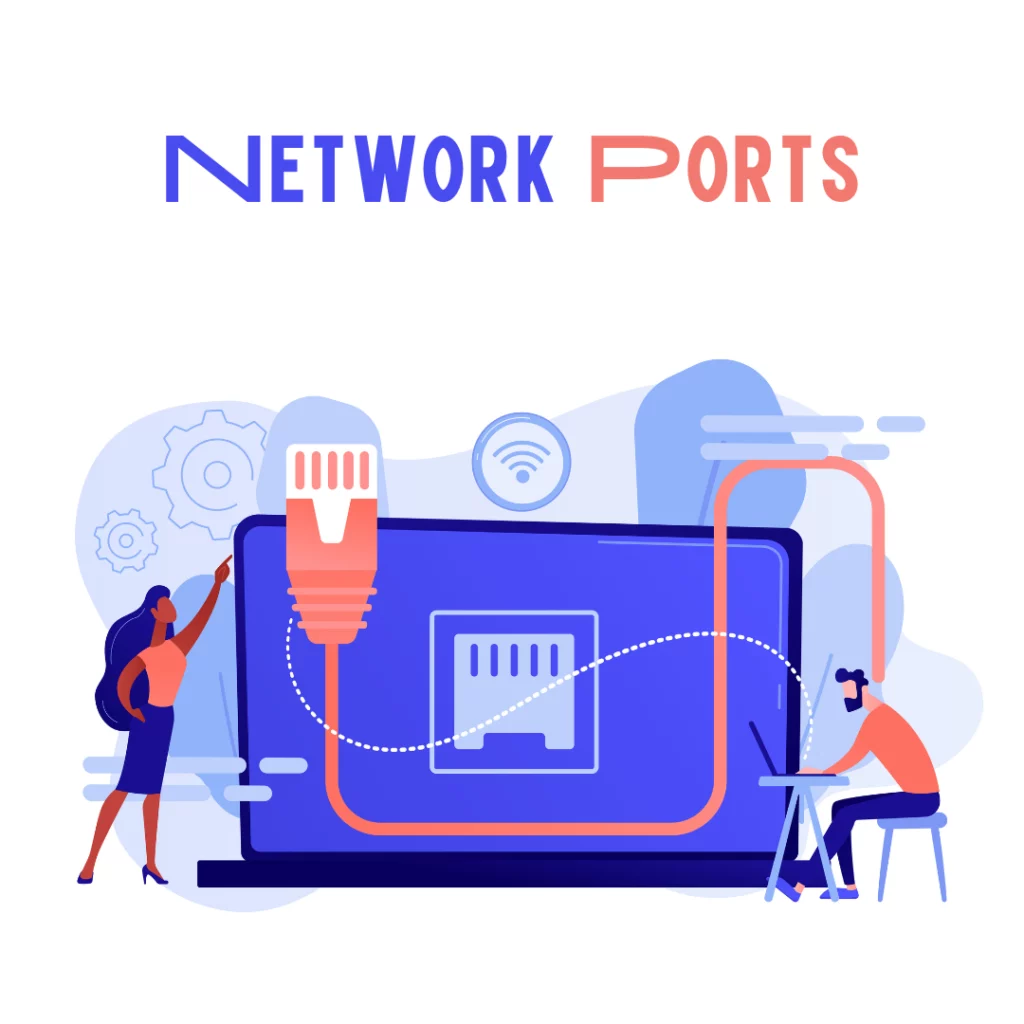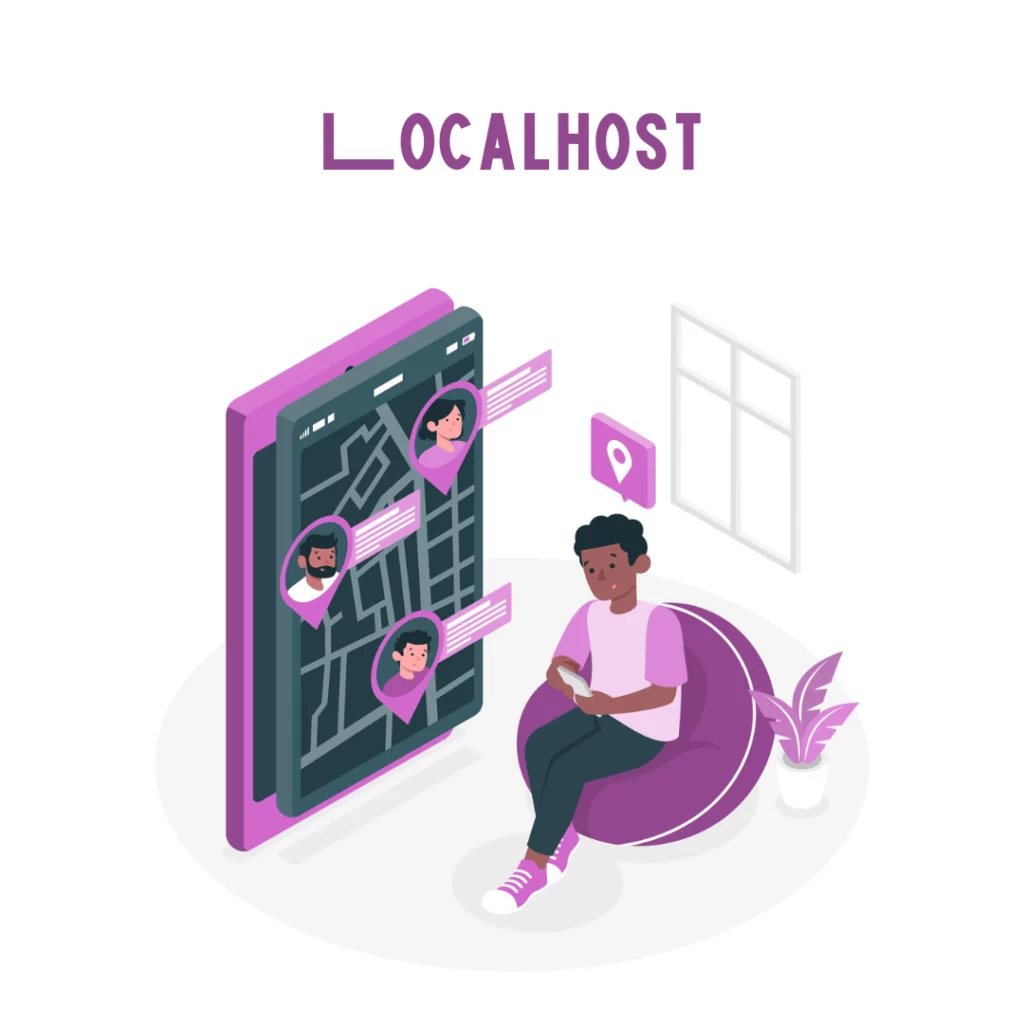If you’re starting your journey in web development or working on a project that involves serving web content locally, you’ve likely come across terms like “Localhost,” “Localhost 3000,” and “Localhost 8080.” These terms seem confusing at first, but they play a crucial role in web development. In this blog post, we will demystify these terms, explain what they mean, and explore their significance in the world of web development.
1. Understanding Localhost:
Localhost is a term used to refer to the current device or computer you are working on. It is a loopback network interface that allows you to access services hosted on your machine. When you use “localhost” in a web browser or an application, you are instructing your device to connect to itself.
2. Localhost 3000: A Common Choice for Development:
Localhost 3000 is a specific port on your local machine that is commonly used for web development purposes. It’s often associated with web development frameworks like Node.js and tools like React, Angular, or Vue.js. When you run a development server for your web application, it typically listens on port 3000. This allows you to access your application via the web browser at “http://localhost:3000.”
Using Localhost 3000 simplifies development because it offers a standard and easily memorable port. When you work on multiple projects simultaneously, you can assign different ports, like 3001, 3002, and so on, to avoid conflicts.
3. Localhost 8080: An Alternative for Local Development:
Localhost 8080, on the other hand, is another commonly used port for local development. Like Localhost 3000, it serves the same purpose but uses a different port number. Web servers and applications that use Localhost 8080 are typically written in languages such as Java or Python.
Using Localhost 8080 is an excellent alternative if you encounter conflicts with other services running on port 3000 or if your specific project or development environment requires it. To access a web application hosted on Localhost 8080, you would navigate to “http://localhost:8080.”
4. The Role of Ports:

In the context of Localhost, ports are like designated doors through which data can flow into and out of your computer. Ports are identified by numerical values, with commonly used ones being 80, 443, 3000, and 8080. Port 80 is used for HTTP, while port 443 is used for HTTPS, among others. Localhost 3000 and Localhost 8080 serve as convenient and reserved ports for web development.
Web servers and development tools are designed to listen to specific ports for incoming requests. When you type “http://localhost:3000” into your browser, it sends a request to port 3000 on your local machine, where your web server is waiting to respond to the content you’re developing.
5. Choosing the Right Localhost for Your Project:
The choice between Localhost 3000 and Localhost 8080 largely depends on your specific project and the tools you are using. If you are developing a web application with Node.js, React, Angular, or similar technologies, Localhost 3000 is a common and convenient choice.
On the other hand, if you are working with Java, Python, or another language that defaults to port 8080, you may opt for Localhost 8080 to avoid conflicts. Some development environments even allow you to configure the port according to your preferences.
To summarize, here are some factors to consider when choosing between Localhost 3000 and Localhost 8080:
- Project requirements and dependencies
- Port availability
- Personal or team preferences
- Development framework or tools in use
Web servers and development tools are designed to listen to specific ports for incoming requests. When you type “http://localhost:3000” into your browser, it sends a request to port 3000 on your local machine, where your web server is waiting to respond to the content you’re developing.
6. Conclusion:
Localhost, Localhost 3000, and Localhost 8080 are essential components of web development that enable you to test and work on your applications locally before deploying them to the web. Understanding the significance of these terms and their associated port numbers is crucial for smooth development and debugging.
Whether you choose Localhost 3000 or Localhost 8080, it’s essential to use the one that aligns with your project’s needs and avoids conflicts with other services. These local development environments are your gateways to crafting efficient and reliable web applications that can ultimately be deployed for public access.


